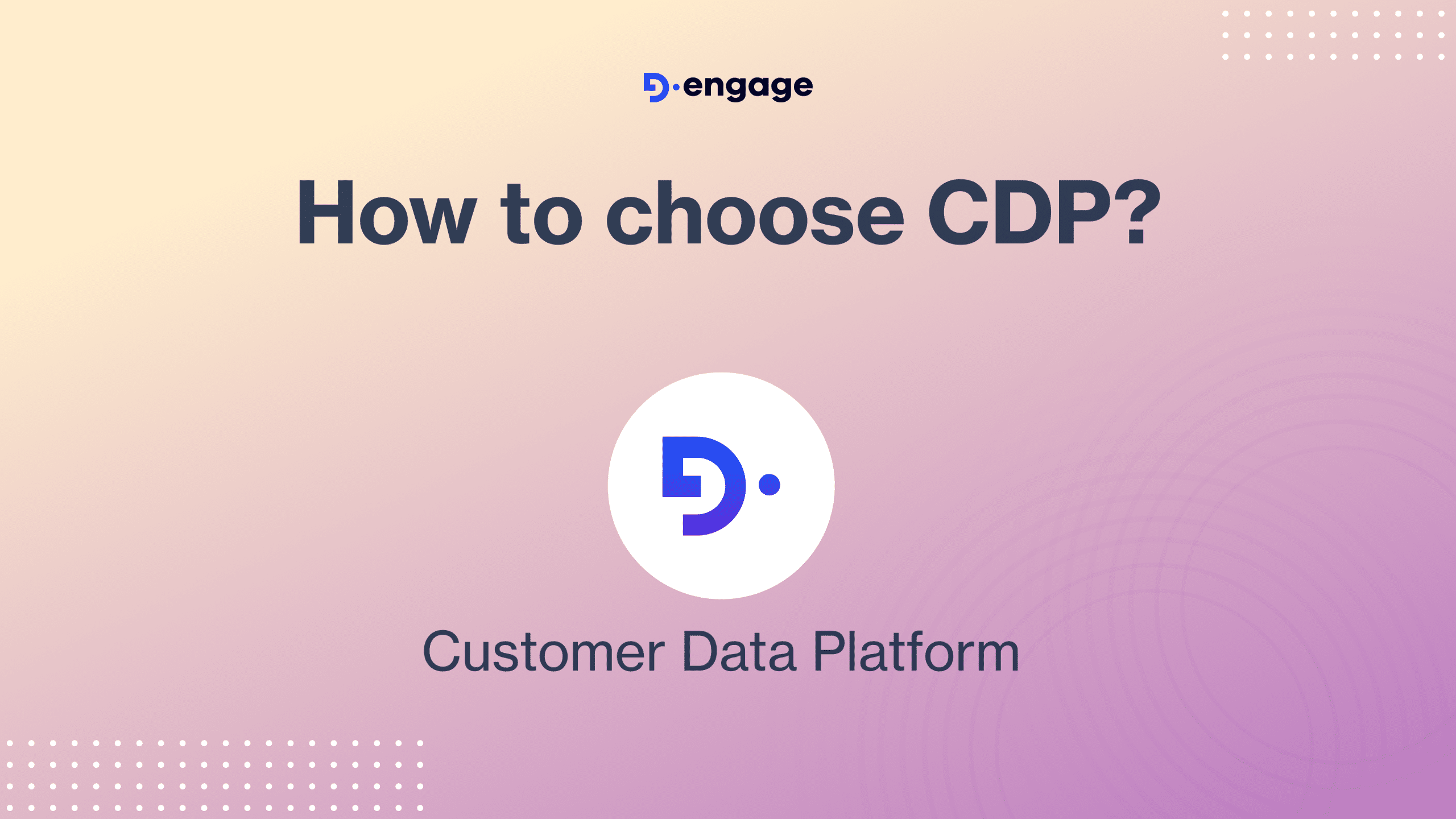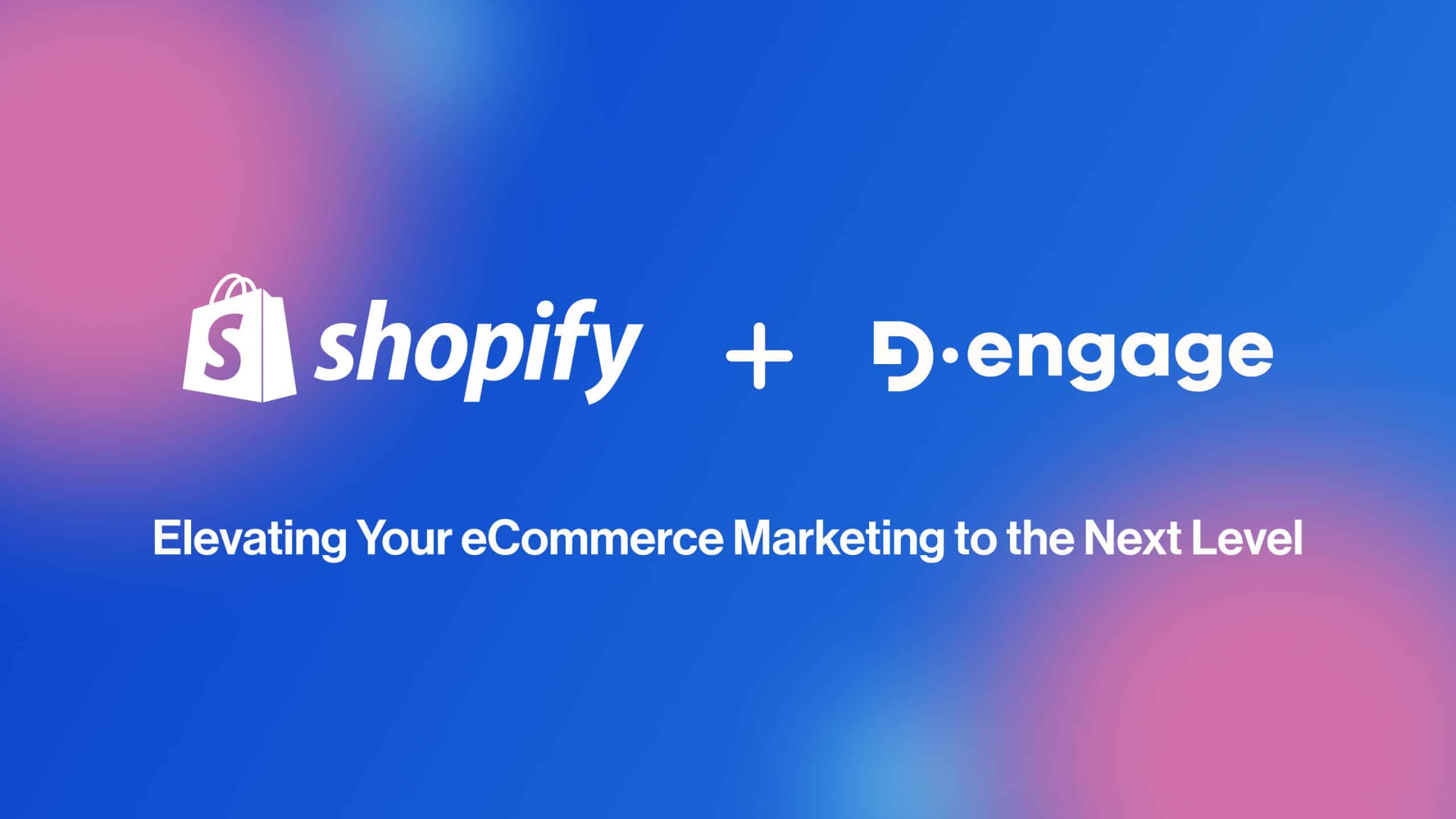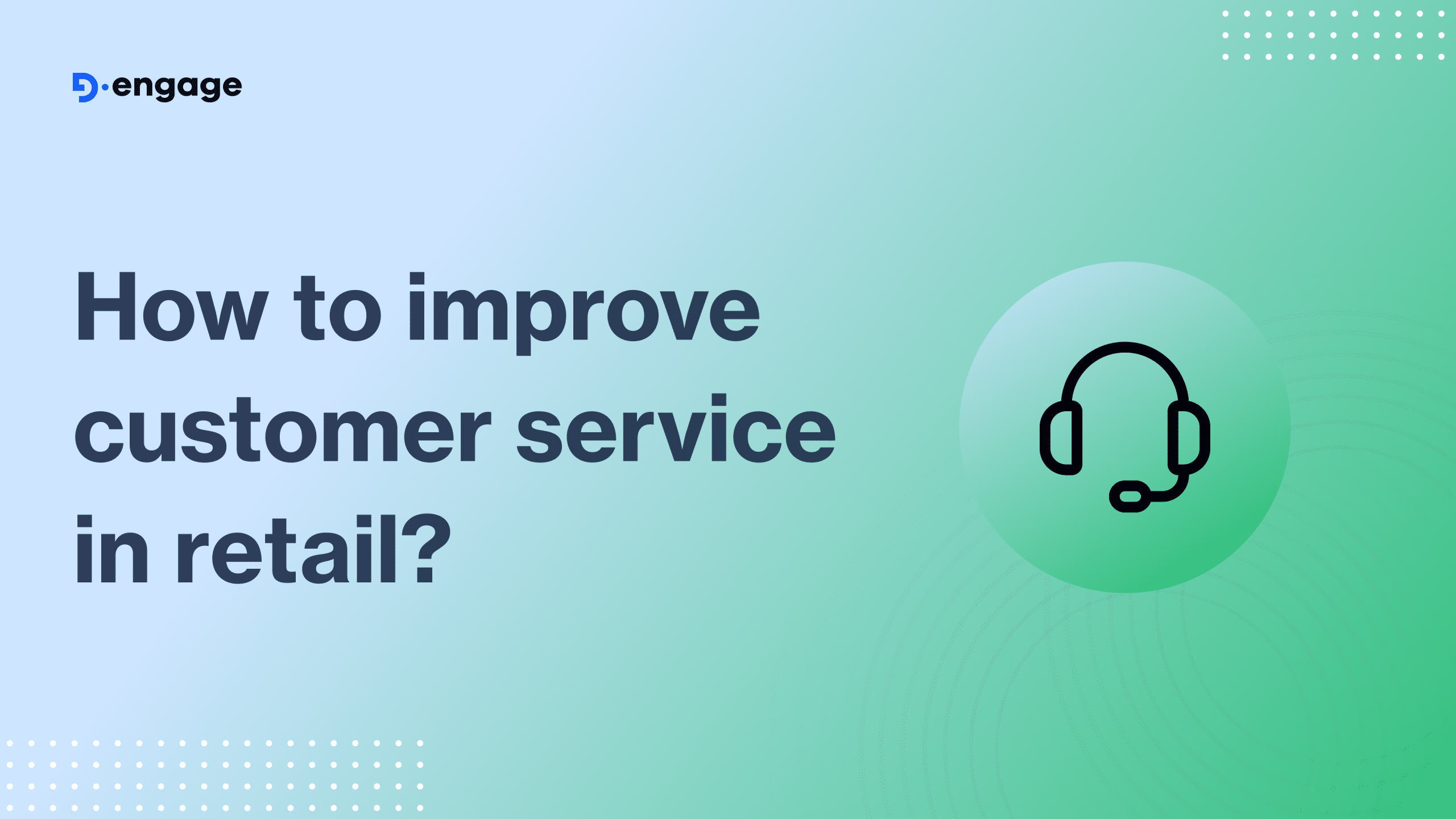In the realm of digital marketing, harnessing customer data effectively can make all the difference. Customer Data Platforms (CDPs) play a pivotal role in this endeavor, empowering businesses to gather, manage, and leverage customer data for personalized marketing efforts. However, with a plethora of options available, selecting the right CDP for your organization can be daunting. This article serves as a comprehensive guide to help you navigate the process of choosing the ideal CDP for your needs.
Understanding the Importance of Choosing the Right CDP
Before delving into the selection process, it’s crucial to comprehend why choosing the right CDP is essential for your business’s success. Here are some key reasons:
- Data Integration: A robust CDP seamlessly integrates data from various sources, providing a unified view of customer interactions across channels.
- Personalization: With the right CDP, you can deliver highly personalized marketing campaigns tailored to individual customer preferences and behaviors.
- Improved Customer Insights: By analyzing data collected through the CDP, businesses gain valuable insights into customer behavior, enabling informed decision-making.
- Enhanced Efficiency: An efficient CDP streamlines data management processes, saving time and resources while maximizing marketing ROI.
Now, let’s explore the steps involved in selecting the perfect CDP for your organization.
1. Define Your Requirements
Before embarking on your search for a CDP, it’s essential to define your specific requirements and objectives. Consider factors such as:
- Data Sources: Determine the types of data sources you need to integrate with the CDP, such as website analytics, CRM systems, or email marketing platforms.
- Scalability: Assess your organization’s current and future data management needs to ensure the chosen CDP can scale accordingly.
- Budget: Establish a clear budget for implementing and maintaining the CDP, taking into account both upfront costs and ongoing expenses.
- Security and Compliance: Ensure that the CDP complies with relevant data privacy regulations, such as GDPR or CCPA, and offers robust security features to protect customer data.
2. Evaluate Vendor Capabilities
Once you’ve outlined your requirements, thoroughly evaluate the capabilities of various CDP vendors. Consider factors such as:
- Data Collection and Integration: Assess how effectively each CDP can collect, consolidate, and integrate data from disparate sources.
- Analytics and Insights: Look for CDPs that offer advanced analytics capabilities, enabling you to derive actionable insights from customer data.
- Personalization Features: Evaluate the CDP’s ability to support personalized marketing initiatives, such as dynamic content delivery and predictive analytics.
- Ease of Use: Choose a CDP with an intuitive user interface and robust features that meet the needs of your marketing team.
3. Consider Integration and Compatibility
Compatibility with your existing technology stack is crucial when selecting a CDP. Ensure that the chosen platform integrates seamlessly with your CRM, marketing automation tools, and other essential systems. Additionally, consider factors such as API availability, data synchronization capabilities, and support for data enrichment services.
4. Assess Customer Support and Service
Reliable customer support is vital when implementing and maintaining a CDP. Look for vendors that offer comprehensive support services, including technical assistance, training resources, and regular updates and maintenance. Additionally, consider factors such as vendor reputation, customer reviews, and case studies to gauge the quality of service provided.
5. Plan for Implementation and Adoption
Finally, develop a clear plan for implementing and adopting the chosen CDP within your organization. Establish key milestones, allocate resources effectively, and provide adequate training for your marketing team to ensure a smooth transition. Additionally, monitor and evaluate the CDP’s performance regularly, making adjustments as needed to optimize its effectiveness.
Conclusion
Choosing the right Customer Data Platform (CDP) is a critical decision for any organization looking to leverage customer data effectively for marketing purposes. By following the steps outlined in this guide, you can navigate the selection process with confidence, ensuring that you find a CDP that aligns with your business objectives and delivers tangible results.
By leveraging the right CDP, you can unlock the full potential of your customer data, driving personalized marketing campaigns and fostering long-lasting customer relationships.



